World Fine Art Professionals and their Key-Pieces, 399 – Alessandra Vinotto
World Fine Art Professionals and their Key-Pieces, 399 – Alessandra Vinotto
In addition to Mosaic on Paper international collective installation with contributions from various artists, Breed Art Studio showed the work of Alessandra Vinotto. A selection from the work UNCONSCIOUSNESS QUARANTINE that she made during the corona pandemic was on display.
During the opening she gave a beautiful and detailed introduction to the photos, which are a combination of three elements: the landscape of the Ligurian Alps in Piedmont, where she stayed during the pandemic, one of the animals she came into contact with and a fragment of herself.
Fleeing to a retiro in the mountains
Alessandra Vinotto: “UNCONSCIOUSNESS QUARANTINE was born in the spring of 2020, when the pandemic forced me to live isolated from the world: belonging to the category of the ultra-vulnerable, I could not live a normal life at all and had to ‘flee’ to 16 endless months in my buen retiro in the mountains (not even being able to live with my son or my family as anyone was a danger to me).”
The little apartment, 20 m2 meters in size, stood at an altitude of 1500 meters MSL. “I was alone every day with the inhabitants of the forest as my only friends. The internet connection was very poor.” She started to connect with her new environment by capturing it photographically. “With my skin, my gaze, my hands and legs I made contact with all the animals and insects that crawled and moved around. They approached me without fear, as if I had become one of them.”
Becoming one with nature
The footprints of these creatures, the plants, the beetles, the snow, the butterflies, the grass, the trees, the wind, the birds, the heat, and the cold all integrated into her alter ego. “It was a starting point from where an inner path developed that led me to lose my being ever more in the woods and become one with nature. Thanks to an extraordinary fusion illusion my body transformed into what I saw around me, like a sort of shamanic trance: a silent performance that had only the creatures of the forest as an audience.”
She then tried to visually crystallise what she experienced into images with the help of technology. with on every image three elements: herself, the landscape and and the animals. “You see my inner monsters materialise in the form of giant spiders and beetles, or barren landscapes, inhabited by crows and others creatures made ghostly by the cold winter lights. Here my gaze is lost in the fire of the twilight of the skies that burn all possible hope.”
Emotions of the first humans on earth
In her forced exile a sense of panic took over her, leading her to experience the world amongst the shadows of the woods and the peaks of the mountains whipped by the wind. “I lived through the emotions that must have been experienced by the first humans on earth. Observing what was happening around me, over the seasons, I learnt about the different insects and their habits, I watched the tadpoles hatch from eggs to become frogs, I learnt to distinguish the songs and flights of birds. This intense experience changed me profoundly, deepening my understanding of how dependent we all are on nature’s merciful creations to survive.”
She is convinced that we are deeply connected to nature and that and we need it to continue mankind. “When I walk through the woods I always have the feeling that it’s not just a simple walk: it’s the thought that guides me, the essence of the ancestral spirits. So, I remain silent and listen to every rustle, every flap of wings. Because as I step through the forest, in a way the forest enters my being, creating an exchange of energy that gives me the awareness of existing. And I keep exploring.”
Key work
Does she have a key work, a work that gave a new twist to her oeuvre? It turns out she doesn’t have that. “My aim is to keep on deepening the meaning of my artistical research. I went through many artistical experiences: l worked on the nude figure, on the landscape, about still life and reportage. I worked in black and white analogue print as well as digital and multimedia; I’m directing videos and documentaries, and -the last but not least- I’m a poet too, publishing with the Italian Guido Oldani’s movement ‘Realismo terminale’. Defining my work would limit its meaning. I rather prefer to leave open the doors of perception.”
How long is Alessandra an artist?
She thinks she was born as an artist. “I started to take pictures when I was a kid: I’ve never asked for gifts in my life, not being very interested in material things. But as a gift for my confirmation, I told my parents that my present would be a camera! (My grandfather was a photographer and printer for pure pleasure … he used a Voigtglander, still present in my collection of old cameras!). From that day (I was 7 years old) I never stopped taking pictures. Then I went to art school choosing ‘photo lab’ as an optional subject. Et voilà! I don’t know how to do anything else. In life I’ve practically only been an artist.”
It all got serious as high school came to an end. “Among my artist friends, there were theater actors. All penniless, they needed stage photos and I had a camera and a lot of passion! From there I started being a theater photographer. Then, the illuminating guide by Giuliana Traverso, my first teacher, for whom I also modeled for years, who literally changed my way of observing the world, and after her I had other teachers I loved: Vasco Ascolini, Giovanni Cabassi, Maurizio Galimberti. I’ve learned from each of them something special, something different that I use now in my works.”
She participated in solo and group exhibitions, national and international. Then she got a job as travel reporter for an agency in Milan, while she kept her job as a stage photographer. This is how she ended up in many cities and theaters in Europe and in her own country she entered the Carlo Felice opera house in Genoa. She started teaching at SDAC (a Genoese film school).
Videoart
She started experimenting with video art. “I realized how video could contribute to my expressive capabilities.” At the 3D FILM FESTIVAL in Hollywood, she won no less than three prizes in two years. She participated in the Sundance Film Festival, the Californian Cinequest, the Belgian 3D Media. She held a Lectio magistralis for the presentation of her video at the Capalbio International Short Film Festival, then experienced a victory at the Parisian Dimension 3, a special prize at the Italian MEI, and many more works, solo and group exhibitions, mostly multimedia, from New York to Paris to Barcelona to Los Angeles to Venice. “And here I am, in Amsterdam. With still a lot of enthusiasm and the desire to always learn new things.”
Philosophy
Finally, does Alessandra have a philosophy? She has. Alessandra: “I strongly believe that art must exist to create a link between human beings and the universe. Art inspiration for me is always an healing, cathartic experience, and I think that artists with their works must help the world to feel better!
I hope to hand-lead the viewer where it is sometimes hard to go, and communicate something profound about my journey within myself and the wilderness, drawing on our ancestral origins that must never be forgotten if we are to remain human.”
See also the book / catalogue Unconciousness Quarantine, published by LiberodiScrivere, ISBN 978-88-9339-282-2
Image 10: portrait Alessandra Vinotto
http://alessandravinotto.it/https://www.instagram.com/ailexxelia/https://www.facebook.com/ALESSANDRAVINOTTOART/https://breedartstudios.net/nl/mosaic-on-paper-fototentoonstelling-in-amsterdam/https://ifthenisnow.eu/nl/verhalen/alessandra-vinotto-the-inhabitants-of-the-forest-were-my-only-friends
Disclaimer: The views, opinions and positions expressed within this guest article are those of the author Walter van Teeffelen alone and do not represent those of the Marbella Marbella website. The accuracy, completeness and validity of any statements made within this article are not guaranteed. We accept no liability for any errors, omissions or representations. The copyright of this content belongs to Walter van Teeffelen and any liability with regards to infringement of intellectual property rights remains with the author.

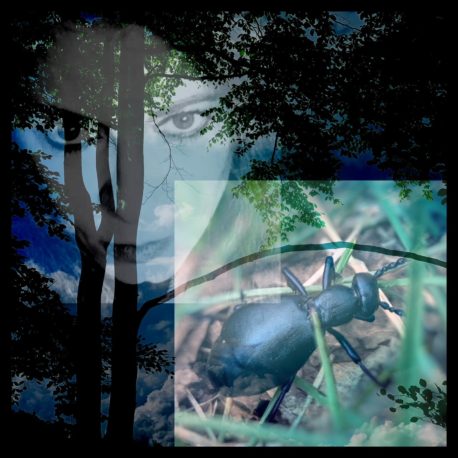
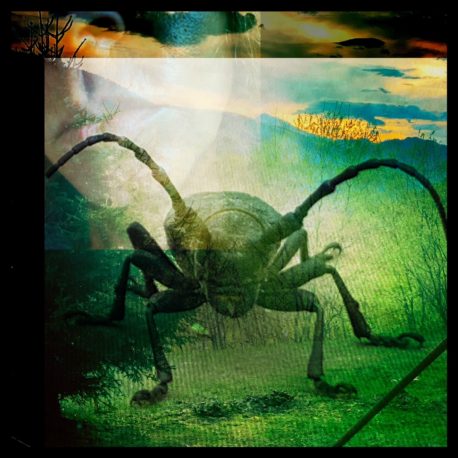
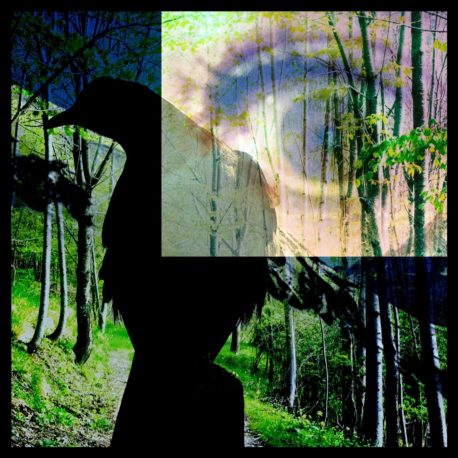
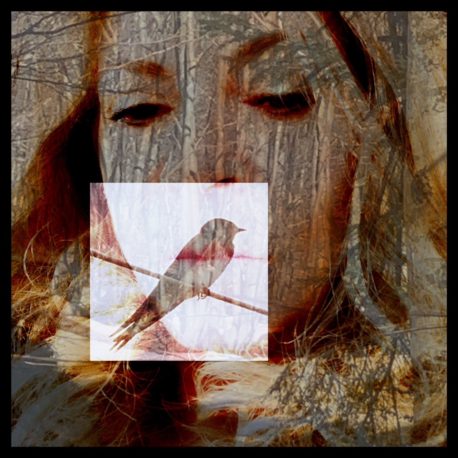
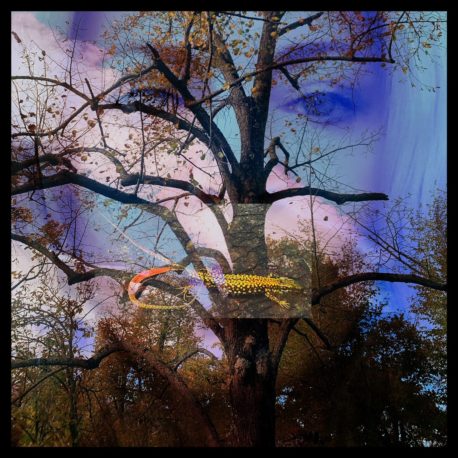
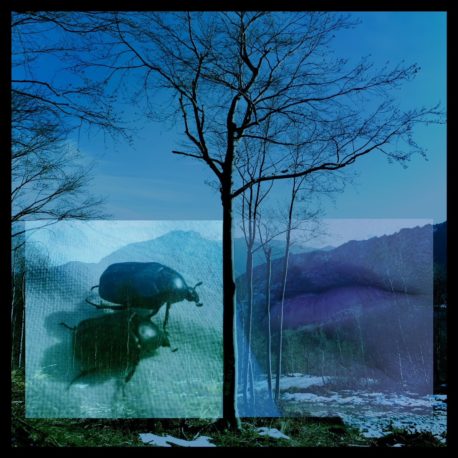
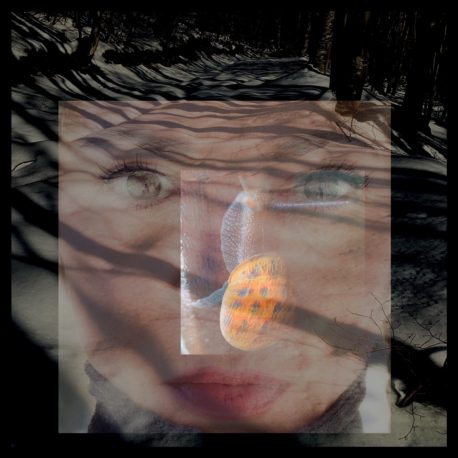

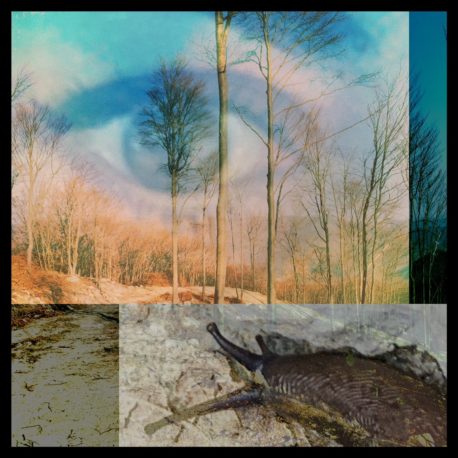
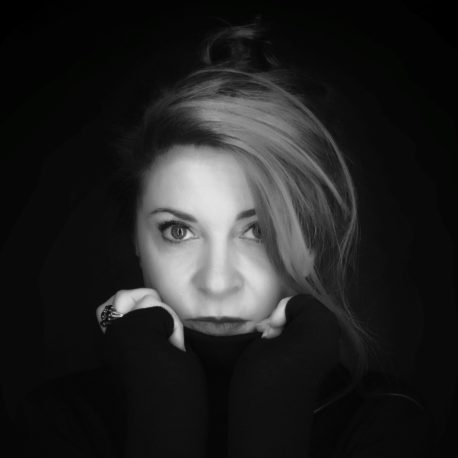














The opinions expressed by individual commentators and contributors do not necessarily constitute this website's position on the particular topic.